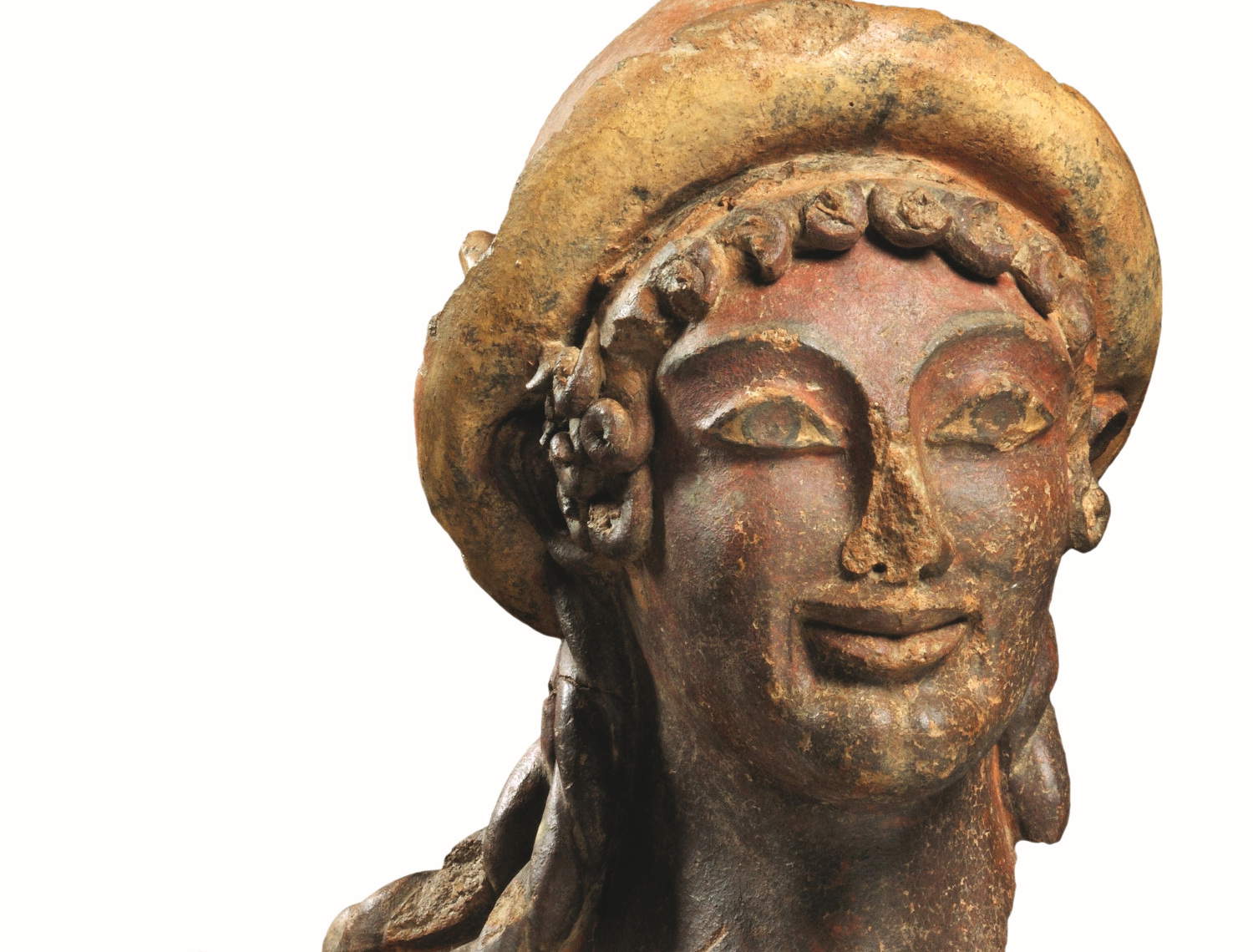At the Mart in Rovereto and the Luigi Rovati Foundation in Milan, Etruscan civilization meets the art of 1900
The exhibition Etruschi del Novecento, organized in collaboration between the Mart in Rovereto and the Luigi Rovati Foundation in Milan, aims to explore the cultural and artistic legacy of the Etruscans, interpreted through the lens of the 20th century. Under the direction of a curatorial team composed of Lucia Mannini, Anna Mazzanti, Giulio Paolucci and Alessandra Tiddia, the exhibition highlights how the Etruscan civilization has influenced 20th-century artists, architects and thinkers. The exhibition opens at the Mart in Rovereto from Dec. 7, 2024, to March 16, 2025, before moving to the Luigi Rovati Foundation in Milan, where it will be on view from April 2 to Aug. 3, 2025.
Through the exhibition route, visitors will be guided through works of art, historical artifacts and contemporary installations, revealing the dialogue between past and present. The exhibition features more than 200 works that create a dialogue between great masterpieces of modern art and archaeological finds. These are complemented by dozens of documents, books, photographs and magazines that further enrich the exhibition experience. The itinerary is also based on documents and statements by the artists themselves, who, influenced by Etruscan civilization, participated in Etruscan tours, visited museums and archaeological sites, and devoted themselves to the study of "Etruscan art."
While many early 20th century artists were inspired by the classical, Greek or Roman world, the Etruscans also fascinated those who sought a more original and “anti-classical” language of expression. An emblematic example is the Chimera by Mario Schifano (Homs, 1934 - Rome, 1998), made during a performance in Florence in 1985 on the occasion of the inauguration of the so-called “year of the Etruscans.” Discoveries such as theApollo of Veio, a painted terracotta sculpture almost two meters high, found in 1916 and now housed in the Villa Giulia Museum in Rome, stimulated studies and publications, reactivating styles, forms, themes and materials. Among the main proponents of the “Etruscan myth” was Gabriele d’Annunzio, who, during his travels to Volterra, set works such as La città morta, staged in 1898 in Paris and in 1901 in Milan. The growing interest in archaeology accelerated further in the second half of the twentieth century, when exhibitions such as the Exhibition of Etruscan Art and Civilization in 1955 at the Palazzo Reale in Milan and Civiltà degli Etruschi in 1985 in Florence expanded the scope of the phenomenon, involving the likes of Alberto Giacometti, Pablo Picasso, Andy Warhol and filmmakers such as Alfred Hitchcock.
Etruschi del Novecento is part of a series of initiatives that promote dialogue between different historical periods. The exhibition underscores the Mart’s mission to protect, study and enhance a heritage of works and archival materials, with a focus on 20th-century Italian art. Similarly, at the Luigi Rovati Foundation, the exhibition reflects the identity and eclecticism of the foundation, crossing historical eras and artistic categories, starting from the original core of the Etruscan collection to works commissioned from contemporary artists.
Today, the Mart and the Luigi Rovati Foundation present a comprehensive view of the rediscovery of Etruscan civilization in the last century through an exhibition project in two complementary stages, from December 2024 to August 2025. The two exhibitions offer a dialogue between visual art and applied and graphic arts: from painting to goldsmithing, via statuary, documenting the return of forms, techniques and materials such as painted terracotta, metals, wall and vase painting, and bucchero, the traditional black pottery used by the Etruscans. Comparisons between ancient and modern are explored through photographic reproductions, publications, and a selection of extraordinary archaeological pieces. In addition, Etruschi del Novecento will be accompanied by a catalog, published by Johan & Levi Editore, containing essays by the curators and the curator, as well as texts by renowned scholars and scholars such as Matteo Ballarin, Fabio Belloni, Martina Corgnati, Alessandro Del Puppo, Maurizio Harari, Claudio Giorgione, Mauro Pratesi and Nico Stringa.
“The entire twentieth century is traversed by an ’Etruscan fever’ that goes from Martini to Serafini and indicates a path that is not classical, but expressionistic, deforming of twentieth-century art, a true aesthetic of timeless deformation,” comments Vittorio Sgarbi, president of Mart.
“We have enthusiastically accepted this collaboration with the Mart, which consolidates our constant search for dialogues between the Etruscan world and the artists who have been inspired by it over time,” says Giovanna Forlanelli, President of the Luigi Rovati Foundation.
 |
| At the Mart in Rovereto and the Luigi Rovati Foundation in Milan, Etruscan civilization meets the art of 1900 |
Warning: the translation into English of the original Italian article was created using automatic tools. We undertake to review all articles, but we do not guarantee the total absence of inaccuracies in the translation due to the program. You can find the original by clicking on the ITA button. If you find any mistake,please contact us.



























